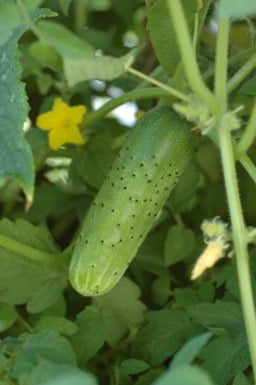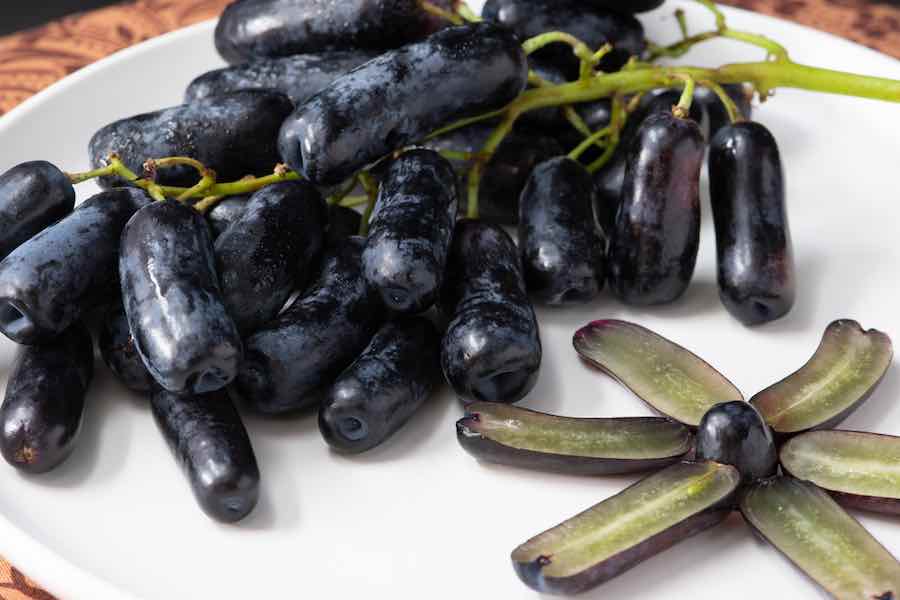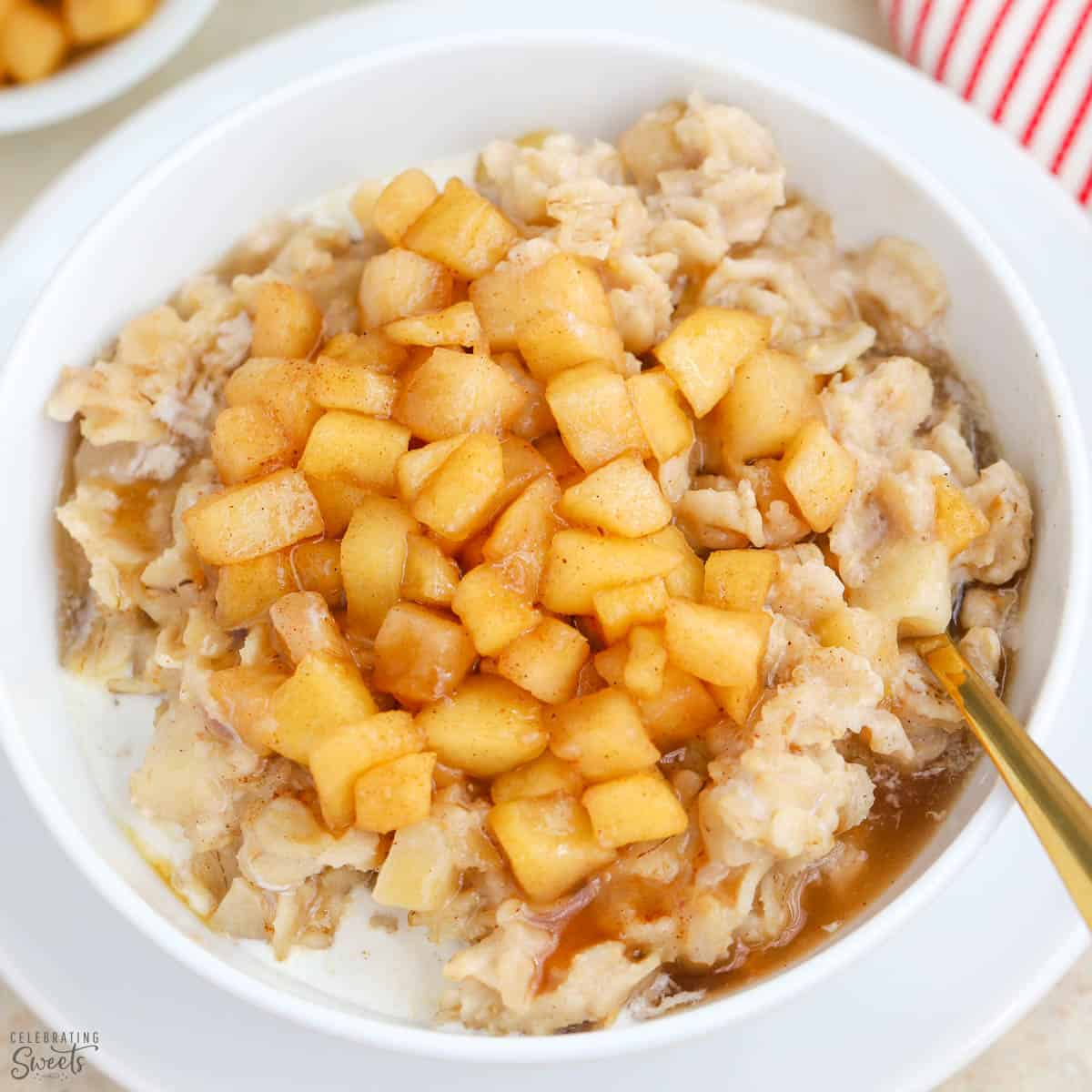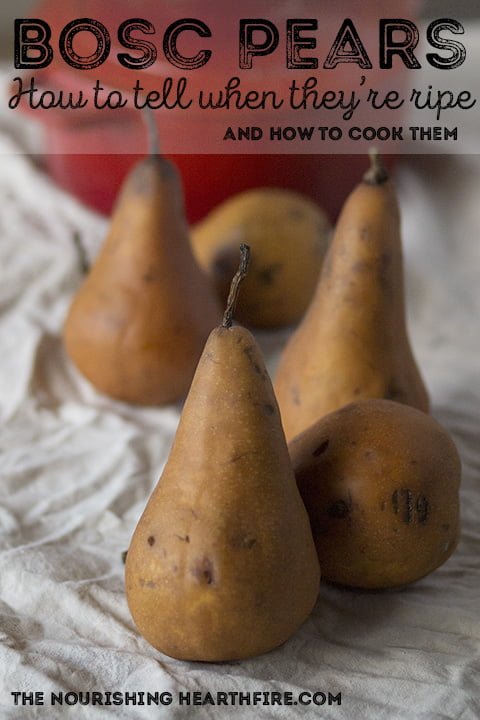Have you ever wondered why cucumbers have that prickly skin? It’s a common question for many, as we often find ourselves peeling or scraping off those tiny little spines before enjoying a crisp bite. Well, the answer lies in nature’s clever defense mechanism. The prickly skin acts as a deterrent for potential predators, serving to protect the cucumber from being eaten or damaged. So next time you encounter those prickly cucumbers, just remember that nature has equipped them with their own unique way of self-preservation.
Why do cucumbers have prickly skin?
Cucumbers, those refreshing and hydrating vegetables we enjoy in salads and sandwiches, are known for their unique prickly skin. But have you ever wondered why cucumbers have this characteristic? Let’s delve into the anatomy of a cucumber, explore the purpose of its prickly skin, and uncover the evolutionary reasons behind it.
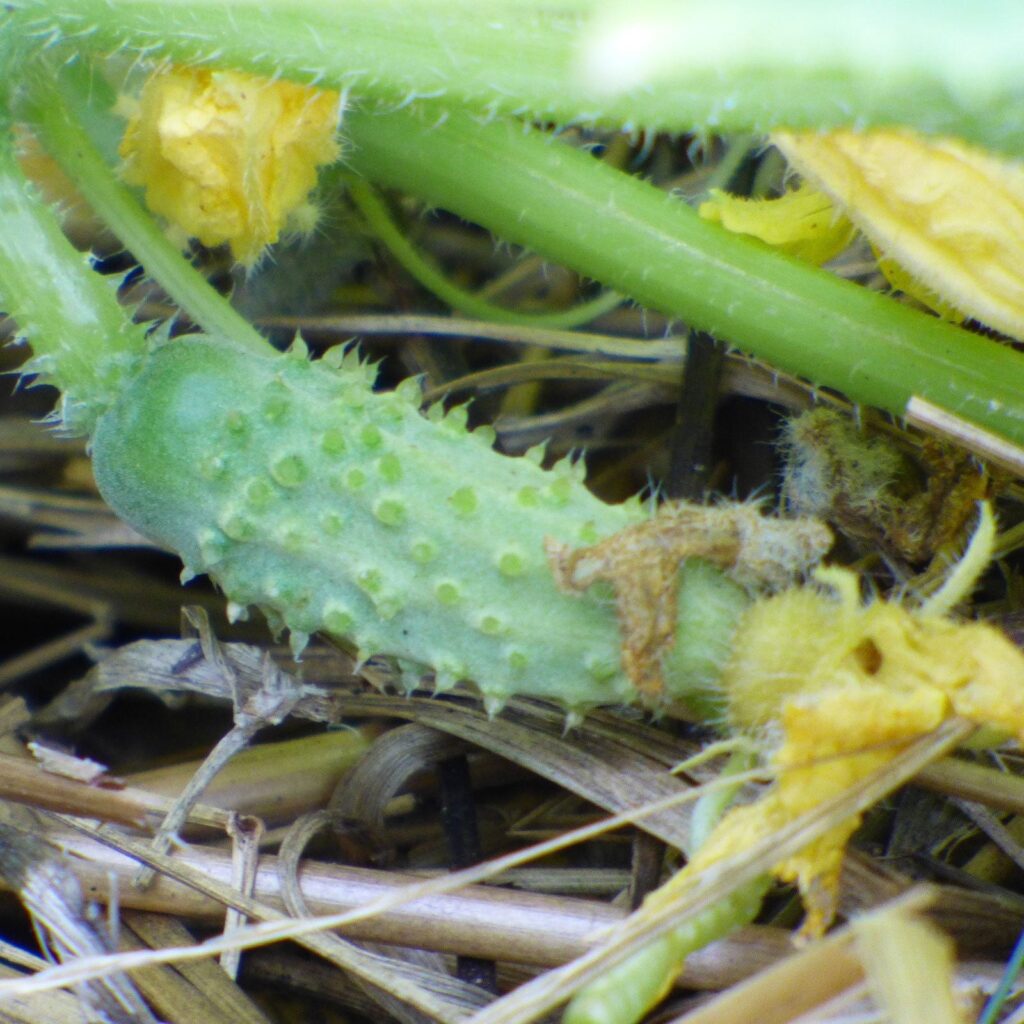
The anatomy of a cucumber
To understand the prickliness of a cucumber’s skin, we need to take a closer look at its anatomy. Cucumbers belong to the Cucumis sativus species, and they have a cylindrical shape with a length ranging from a few inches to a foot or more. The skin of a cucumber is composed of tiny projections or spines, which give it that rough and prickly texture.
The purpose of prickly skin
The prickly skin of cucumbers serves a variety of purposes. One of the primary functions is protection against predators and diseases that could harm the vegetable. These spines act as a barrier, deterring animals and insects from feeding on the cucumber and potentially spreading harmful pathogens.

Evolutionary reasons
The prickliness of cucumber skin can be attributed to the process of evolution. Over thousands of years, cucumbers have evolved to develop this defensive mechanism, allowing them to survive in various environments. By deterring predators and diseases, cucumbers can increase their chances of reproduction and ensure the survival of future generations.
Protection against predators
The spines on cucumber skin serve as a deterrent to potential predators. Small animals, such as insects and mammals, may be deterred by the prickliness of the cucumber’s skin, preventing them from consuming the vegetable. This defense mechanism is particularly important for cucumbers, as they often grow close to the ground where they are more susceptible to being eaten.

Defense against diseases
Aside from protecting against predators, the prickly skin of cucumbers also acts as a defense mechanism against diseases. The spines on the skin create a physical barrier that prevents pathogens from easily accessing the inner layers of the cucumber. By reducing the risk of infection, this prickly defense helps to maintain the overall health and well-being of the vegetable.
Environmental adaptation
Cucumbers have adapted to various environmental conditions over time, and their prickly skin is a testament to this adaptation. In arid or dry climates, the spines on the cucumber’s skin help to reduce water loss through evaporation. By trapping a layer of air around the vegetable, the prickly skin acts as insulation, minimizing water loss and keeping the cucumber hydrated for longer periods.

Skin characteristics in different cucumber varieties
It’s important to note that not all cucumbers have prickly skin. Different cucumber varieties exhibit various skin characteristics. Some cucumber varieties, such as the English or hothouse cucumbers, have smoother skin and are less likely to have noticeable spines. On the other hand, pickling cucumbers, known for their smaller size, often have more prominent and densely packed spines.
Factors affecting prickliness
Several factors can influence the prickliness of cucumber skin. Genetic factors play a significant role, as some cucumber varieties naturally have more spines than others. Environmental conditions, such as temperature, humidity, and sunlight exposure, can also impact the thickness and density of the spines. Additionally, cultural practices, including the use of fertilizers and pesticides, may affect the texture and appearance of cucumber skin.
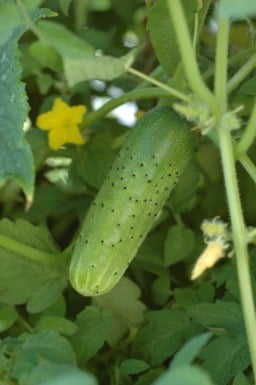
Methods to reduce cucumber’s prickliness
If you find the prickly skin of cucumbers to be unpleasant or inconvenient, several methods can help reduce their prickliness. Peeling the cucumber is a simple and effective way to eliminate the spines. Alternatively, soaking the cucumber in cold water for a few hours can soften the spines and make the skin less prickly. Additionally, you can try growing or purchasing smoother-skinned cucumber varieties, such as English cucumbers, to avoid the issue altogether.
Culinary uses of cucumbers with prickly skin
While some people may find the prickly skin of cucumbers undesirable, it is worth noting that the spines do not pose any harm when consumed. In fact, many culinary traditions embrace the texture and flavor provided by the prickly skin. Pickling cucumbers with their spines intact are often used to create flavorful and crispy pickles. Additionally, some recipes call for cucumbers with prickly skin to add a unique visual and textural element to dishes such as salads and gazpachos.
In conclusion, the prickly skin of cucumbers serves as a protective mechanism against predators and diseases. This evolutionary adaptation helps cucumbers survive and reproduce in various environments. While the prickliness may vary among cucumber varieties and can be influenced by genetic and environmental factors, there are ways to reduce the spines if desired. Ultimately, whether you embrace or remove the prickly skin, cucumbers remain a versatile and refreshing addition to culinary delights.
